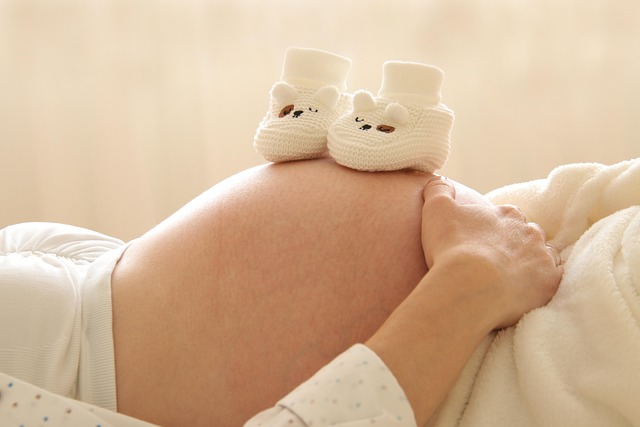Hey everyone! Today, we’re diving into a fascinating interview about infertility research that sheds light on some significant findings in the field. This study is particularly noteworthy because it looks beyond the usual early pregnancy outcomes, focusing instead on long-term results for children born following infertility treatments.
Q: What makes this study stand out?
A: Well, for starters, there hasn’t been much research on long-term outcomes in infertility or assisted reproductive technologies. Most studies tend to concentrate on early pregnancy losses or newborn health without following up later in life. Our research is examining kids up to six years old who were conceived through infertility treatments and comparing them to children from the general population. We’re collecting detailed data on the mothers’ infertility and pregnancy histories, as well as any health conditions the children might have. We’re especially interested in their neurodevelopmental outcomes.
Q: Can you explain how the study is structured?
A: Sure! Previously, we gathered basic data on around 52,000 patients who sought infertility treatments in California. To update our research, we linked this data to birth and fetal death certificates to identify which women had live births or stillbirths from 1994 to 1998. We also selected a matched group of women from the general population for comparison. Right now, we’re busy interviewing these women and digging into their medical records. We’ve completed about 60% of our data collection and plan to analyze the results by next summer.
Q: What results are you expecting?
A: By April 2006, we aim to finish collecting data. We’re hopeful to wrap up the analysis by June. We’ve made substantial progress with the infertile group and are now reaching out to the general population comparison group.
Q: It’s surprising that we don’t already have standard comparative data for common medical conditions.
A: Exactly! While we have overall statistics for many conditions in the general population, these figures include all children, including those conceived through infertility treatments. To get a true comparison, we need to analyze each group separately.
Q: What do you mean by “examining infertility etiology”?
A: We want to identify any potential adverse outcomes in pregnancies or among the children by distinguishing the effects of infertility itself from factors like treatment methods, medical conditions, and parental age. By examining the reasons behind infertility alongside various treatment options, we can better understand the independent effects of each.
Q: Are you considering both multiple births and singletons?
A: Absolutely! We’re analyzing both types of pregnancies. It’s crucial to compare singletons with multiples, and also across different fertility groups. In a prior study, we found that singletons conceived via IVF had a higher risk of low birth weight and prematurity, and we’re aiming to assess similar outcomes for multiples in this study.
Q: Why include patients from 11 different clinics?
A: By collaborating with multiple institutions, we can study various protocols and patient types. This includes assessing IVF with and without ICSI, IUI with and without ovarian stimulation, and natural conceptions among infertile couples. We’re also able to examine a more diverse patient population, which is not the case in many studies conducted elsewhere.
Q: There were reports linking assisted reproductive technologies to increased autism and ADD. What’s the truth?
A: That’s a misunderstanding. The data was incorrectly interpreted from a talk I gave and published without my consent. We still have a lot to learn from this study, and I can’t predict the final results yet.
Q: What inspired you to pursue this field?
A: I’ve been interested in reproductive and perinatal epidemiology since high school. Going through infertility treatment myself made me realize how little information was available to guide decisions. I knew I could help others by providing valuable insights.
Q: What are your future study plans?
A: We recently submitted a grant application for our next study, where we hope to have the children and their parents evaluated in person at UCSF. These kids are now between 10 and 12, so tracking their progress into adolescence and adulthood—especially concerning their reproductive health—is crucial.
In summary, this research aims to bridge gaps in our understanding of long-term outcomes for children conceived through infertility treatments. By focusing on a diverse range of patients and detailed analysis, we hope to uncover valuable insights that can guide future practices in reproductive health. If you’re interested in home insemination techniques, check out this excellent resource. For practical solutions, you can explore this blog post. And for those looking for home insemination kits, BabyMaker offers some great options.

